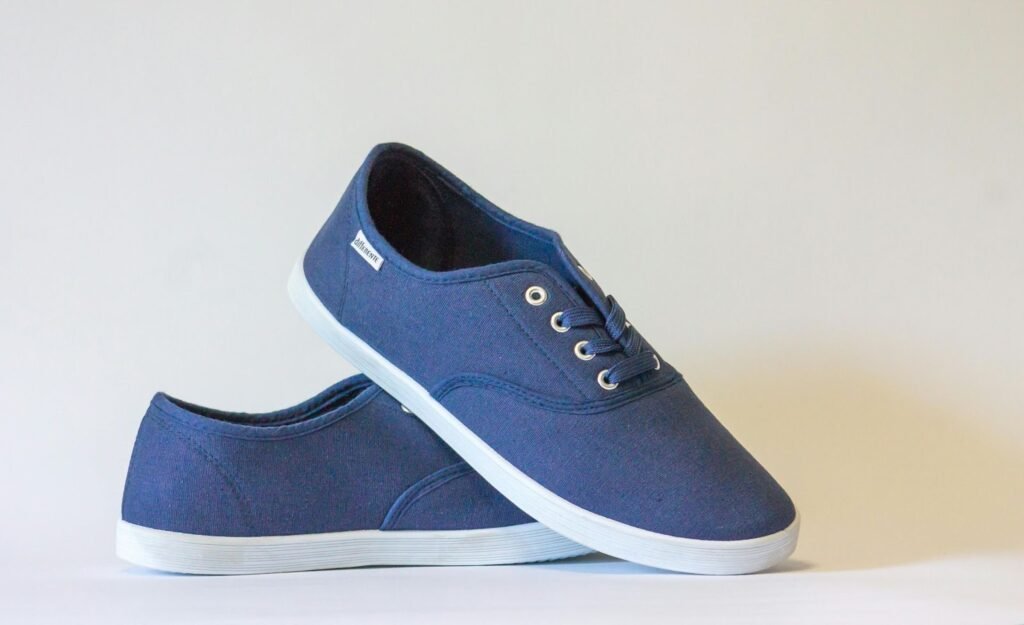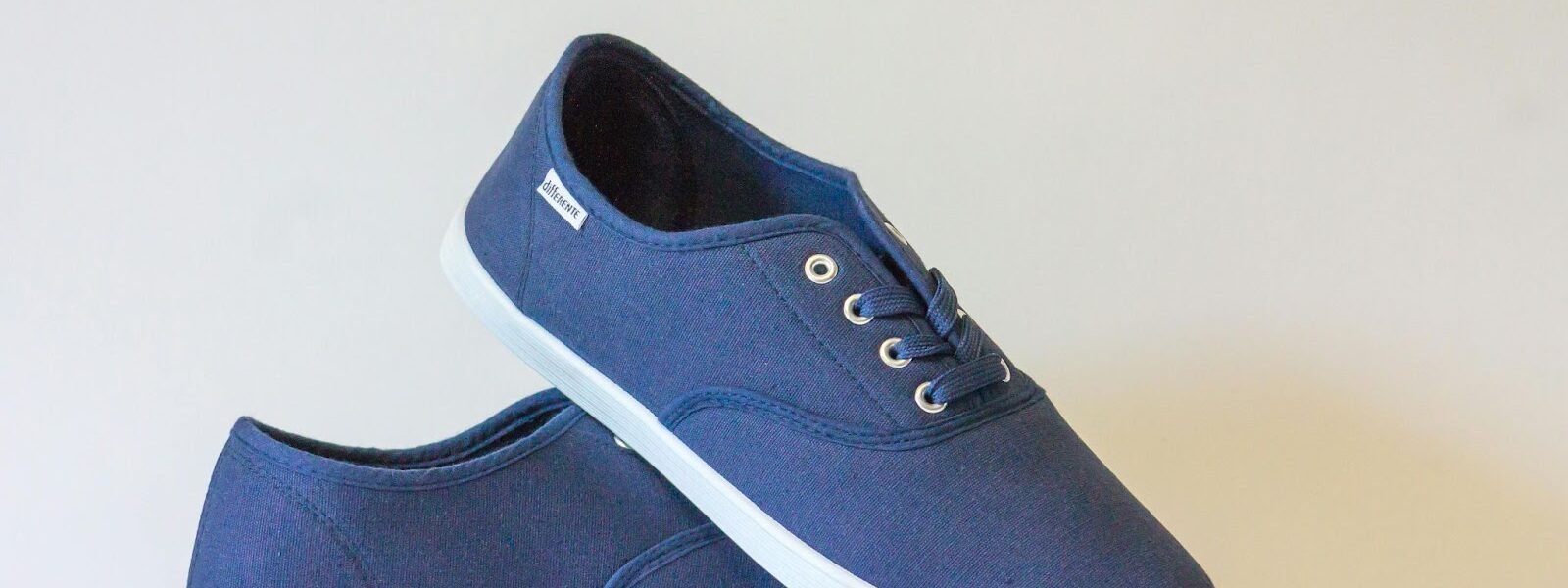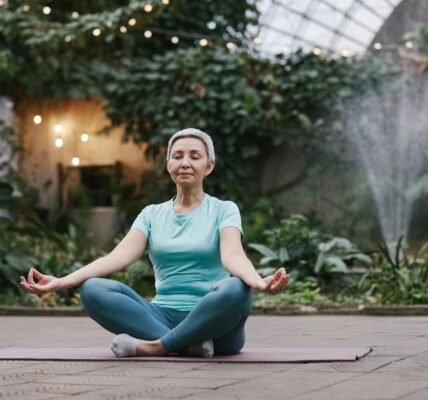You may greatly enhance both your physical and emotional well-being by running. But before you lace up and hit the pavement, it’s crucial to invest in a good of Perfect Pair running shoes. The right shoes can prevent injuries, enhance performance, and make your runs more enjoyable.

Understanding Your Needs
Since every runner is different, a few things will determine which running shoe is best for you:
- Running Style: Are you a neutral runner (your foot rolls inward slightly) or a pronator (your foot rolls inward excessively)? Understanding your running style will help you choose a shoe that provides the right support.
- Running Surface: Do you primarily run on roads, trails, or a combination? Different surfaces require different types of cushioning and traction.
- Distance and Pace: If you’re a long-distance runner, you’ll need a shoe with ample cushioning. For shorter distances and faster paces, a lighter, more responsive shoe might be better.
- Foot Shape: Consider your foot width. If you have wider feet, you’ll need a shoe with a wider toe box.
Key Features to Look For
- Cushioning: This refers to the amount of shock absorption provided by the shoe. More cushioning is generally better for long-distance runners or those running on hard surfaces.
- Stability: This refers to the shoe’s ability to control excessive pronation. If you’re a pronator, you’ll need a more stable shoe.
- Traction: The outsole of the shoe should provide good traction Perfect Pair on your chosen running surface.
- Weight: Lighter shoes can improve your speed and agility, but they may also offer less cushioning.
- Fit: The shoe should fit snugly without being too tight. Your toes should have enough room to wiggle.
Popular Running Shoe Brands
Several brands are known for producing high-quality running shoes. Here are some popular options:
- Nike: Nike offers a wide range of running shoes to suit different needs. Their Pegasus line is particularly popular for its versatility.
- Adidas: Adidas is another well-known brand with a variety of running shoes. Their Ultraboost line is known for its comfortable cushioning.
- Asics: Asics is a popular choice for runners who need extra stability. Pronators are intended to get assistance from their Gel series.
- Brooks: Brooks offers a range of running shoes for different running styles and distances. Their Glycerin line is known for its plush cushioning.
- New Balance: New Balance is another brand that offers a wide variety of running shoes. Their Fresh Foam line is known for its comfortable cushioning.
Tips for Choosing the Right Running Shoes
- Try on Different Shoes: Visit a running store and try on several pairs of shoes. Walk around and run in place to get a feel for the fit and comfort.
- Consider Your Running Goals: Think about what you want to achieve with your running. This will help you choose a shoe that supports your goals.
- Read Reviews: Online reviews can provide valuable insights into the performance and comfort of different running shoes.
- Don’t Be Afraid to Experiment: It may take some time to find the perfect running shoe. Don’t be afraid to try different brands and models until you find the one that feels right.
Frequently Asked Questions
How often should I replace my running shoes?
The majority of experts advise switching out your running shoes every 300–500 kilometres. But, this can change based on your weight, jogging style, and shoe kind.
Can I wear running shoes for other activities?
While running shoes are designed for running, they can also be used for other low-impact activities like walking or cross-training.
What distinguishes stability shoes from neutral shoes?
Neutral shoes are designed for runners with a neutral running style, Perfect Pair while stability shoes are designed to control excessive pronation.
Running Shoe Maintenance
How should I clean my running shoes?
A gentle detergent and a brush with delicate bristles can be used to clean your running shoes. Do not wash in the dryer them or use harsh chemicals on them.
Do my running shoes need to be dried in a dryer?
It’s best to air dry your running shoes to prevent damage to the Perfect Pair materials. Avoid drying them in the dryer, especially on high heat.
Running Shoe Injuries
Can wearing the wrong running shoes cause injuries?
Yes, wearing the wrong can increase your risk of injuries such as shin splints, plantar fasciitis, and stress fractures.
What are the signs of a running shoe-related injury?
Common signs of related injuries include pain, swelling, and tenderness. If you experience these symptoms, it’s important to rest and consult with a healthcare professional.
Running Shoe Technology
What is a carbon plate in a running shoe?
A carbon plate is a thin, flexible plate inserted into the midsole of a . It provides a propulsive effect, making the shoe feel more responsive and efficient.
What is a rocker sole in a running shoe?
A rocker sole has a curved shape that encourages a more natural gait and reduces stress on the joints.
Running Shoe Fit
How should my running shoes fit?
The fit of your sneakers should be snug but not too tight. Your toes Perfect Pair should have enough room to wiggle, and there should be no pressure points.
Can I wear running shoes that are too small?
Wearing that are too small can increase your risk of blisters, ingrown toenails, and other foot problems.
Running Shoe Alternatives
Are barefoot shoes good for running?
Barefoot are designed to mimic the sensation of running barefoot. They can help to strengthen your foot muscles and improve your running form, but they may not be suitable for everyone.
What are minimalist running shoes?
Minimalist running shoes have a very thin sole and minimal cushioning.
By following these tips and considering your individual needs, you can find the best women’s running shoes to support your running journey. With the right footwear, you’ll be well-equipped to achieve your running goals and enjoy the many benefits of this popular activity.
To read more, click here.




